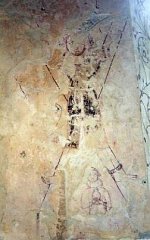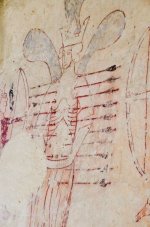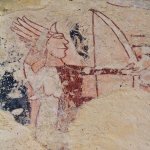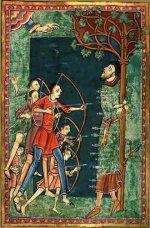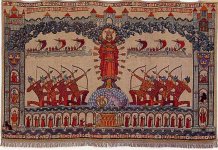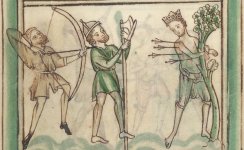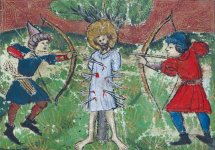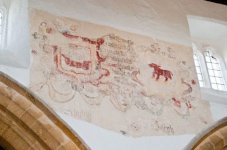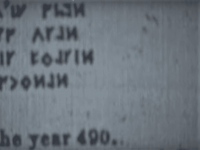franklin
Gold Member
- Jun 1, 2012
- 5,015
- 7,150
- Detector(s) used
- Garrett ADS-7X, Fisher Two Box M-Scope, Mother Lode Locator, Dowsing Model 20 Electroscope, White's TM808, White's TM900, Inground Scanners
- Primary Interest:
- All Treasure Hunting
It has become evident from several posts on many different TN threads, that "you have no facts of your own" as you claim of others.
King Arthur and Welsh miners in America come from Wilson & Blackett, Henry Sinclair and Templars on Oak Island from Muir and Halpern, secret codes in Shakespeare from Amundson, and various other books and youtube videos.
Then there is the obvious outrageous misinformation posted as "fact"- King Charles I was an Illuminati, Shakespeare and his children were illiterate and couldn't sign their name, White giants and/or King Arthur and his band if merry Welsh miners built the Native American Earthen Mounds, mankind originated from Mars, the Romans had settlements in the Western States circa 750BCE, Romans, Welsh, Israelites banding together and sailing to Troy, and so on.
Insulting those who correct this false information and the constant disparaging of academic professionals DOES NOT prove that you are right.
'NUFF SAID!
I wrote these two articles and I stand by them. Since then I have translated the three letters on the Bayview Stone that Alan Wilson had not. The three letters were the date 579AD and the text was written by Taliesin (Merlin)
https://kellynoeller.com/2021/02/
https://kellynoeller.com/2021/03/
King Arthur remained entombed in the cave until 587AD when he was removed and buried at St. Peter's Church.
Last edited:


